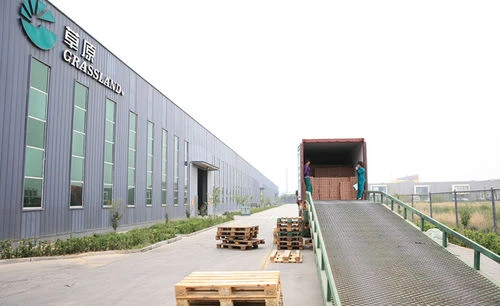Current location:metal disc for angle grinder >>Text
metal disc for angle grinder
disc for cutting stone159People have read
IntroductionUnderstanding the difference between cutting and grinding discs is essential for anyone involved in ...

Understanding the difference between cutting and grinding discs is essential for anyone involved in metalworking or construction. The choice between these tools can significantly impact the efficiency and quality of your work. With advancements in tool technology, knowing how to select the right disc can save time, reduce costs, and improve safety on the job. Cutting discs, also referred to as cut-off wheels, are thin, flat circular blades primarily designed for slicing through metal and other hard materials. These discs are particularly favored for their precision and ability to produce clean cuts with minimal material wastage. Typically made from abrasive materials like aluminum oxide or silicon carbide, cutting discs come in various sizes and thicknesses, with thinner discs offering less resistance and therefore faster, cleaner cuts. In contrast, grinding discs are thicker and are primarily utilized for smoothing and shaping metal surfaces. Their design is meant to endure more stress and friction, allowing them to be effective at removing excess material and polishing surfaces. Grinding discs often consist of tough materials capable of withstanding high pressure, making them ideal for tasks such as welding seam removal, surface cleaning, and blending metal surfaces. Understanding the core differences between these tools begins with recognizing when each is best used. Cutting discs are most suitable for applications that require a line to be cut with high precision and minimal distortion of the remaining material. Their thinness, however, means they are less suited to applications involving substantial force or pressure, as this can lead to disc breakage or failure. Grinding discs, on the other hand, excel in applications where durability and material removal are priorities. Their thicker design and robust construction make them more capable of handling heavy-duty tasks without compromising their structural integrity. This resilience, however, comes at the cost of precision, as grinding discs typically create more splatter and have a larger kerf (the width of material removed). disco de corte y desbaste diferencia Professionals facing the decision between these tools often consider the material they are working with . Metal composition, hardness, and thickness all influence the optimal choice of disc. For instance, cutting sheets of mild steel would most efficiently be accomplished with a specialized cutting disc, while grinding stone or concrete might require a diamond-coated disc to handle the increased friction and resistance. Safety is paramount when using both types of discs. The high-speed rotation required for them to function effectively generates significant heat and debris, which can present hazards to operators. Therefore, users must ensure they have appropriate safety gear, including eye protection, gloves, and sometimes respiratory masks, to prevent injury from flying fragments or dust inhalation. Regular maintenance checks of the tools and discs are also crucial to ensure they remain in optimal working condition. An effective choice between cutting and grinding discs can also influence cost-efficiency. While cutting discs might need more frequent replacement due to their thin construction, they allow for faster completion of precise cuts, reducing labor time. Grinding discs, albeit potentially longer-lasting, might involve more time and materials, depending on the project's requirements. Ultimately, the choice between a cutting and grinding disc often boils down to the specific requirements of the project at hand. By understanding these differences and selecting the appropriate tool, professionals can enhance their work quality and workshop productivity. This nuanced understanding of cutting and grinding tools represents the expertise found within seasoned professionals and highlights their importance across various applications in metallurgy and construction, supporting safer and more efficient practices.
Tags:
Latest articles
Exploring Various Abrasive Materials Used in Grinding Processes
metal disc for angle grinderTypes of Abrasives in Grinding Grinding is an essential manufacturing process that uses an abrasive...
Read More
Snijschijf voor keramische tegels voor nauwkeurige en eenvoudige sneden
metal disc for angle grinderDe Belangrijkheid van de Snijschijf voor Tegels In de wereld van bouw en renovatie is de snijschijf...
Read More
7 cutting wheel
metal disc for angle grinderThe Evolution and Impact of 7% Cutting Wheels in Industrial Applications In the vast realm of indust...
Read More
Popular articles
- Metal Grinding Flap Discs for Efficient Surface Finishing and Polishing
- grinding wheels manufacturers
- grinding disc stone
- Effective Cutting Discs for Angle Grinders in Stone and Hard Materials
- grinder cutting disc for metal
- High Efficiency 4 Inch Metal Cutting Disc for Precision Metalwork and DIY Projects
Latest articles
-
115mm angle grinder metal cutting discs
-
Cutting Disk 14 Specifications and Performance Overview
-
Three-Inch Cutting Disc for Precision and Efficiency in Various Applications
-
180mm Metal Cutting Disc for Precision and Efficiency in Various Applications
-
flap disc type 29
-
High Performance Masonry Cutting Wheel for Precision and Durability